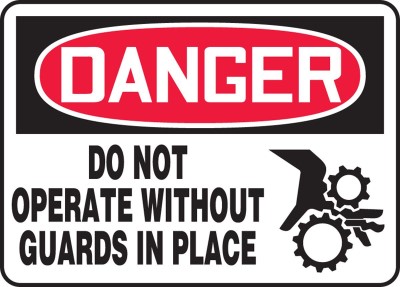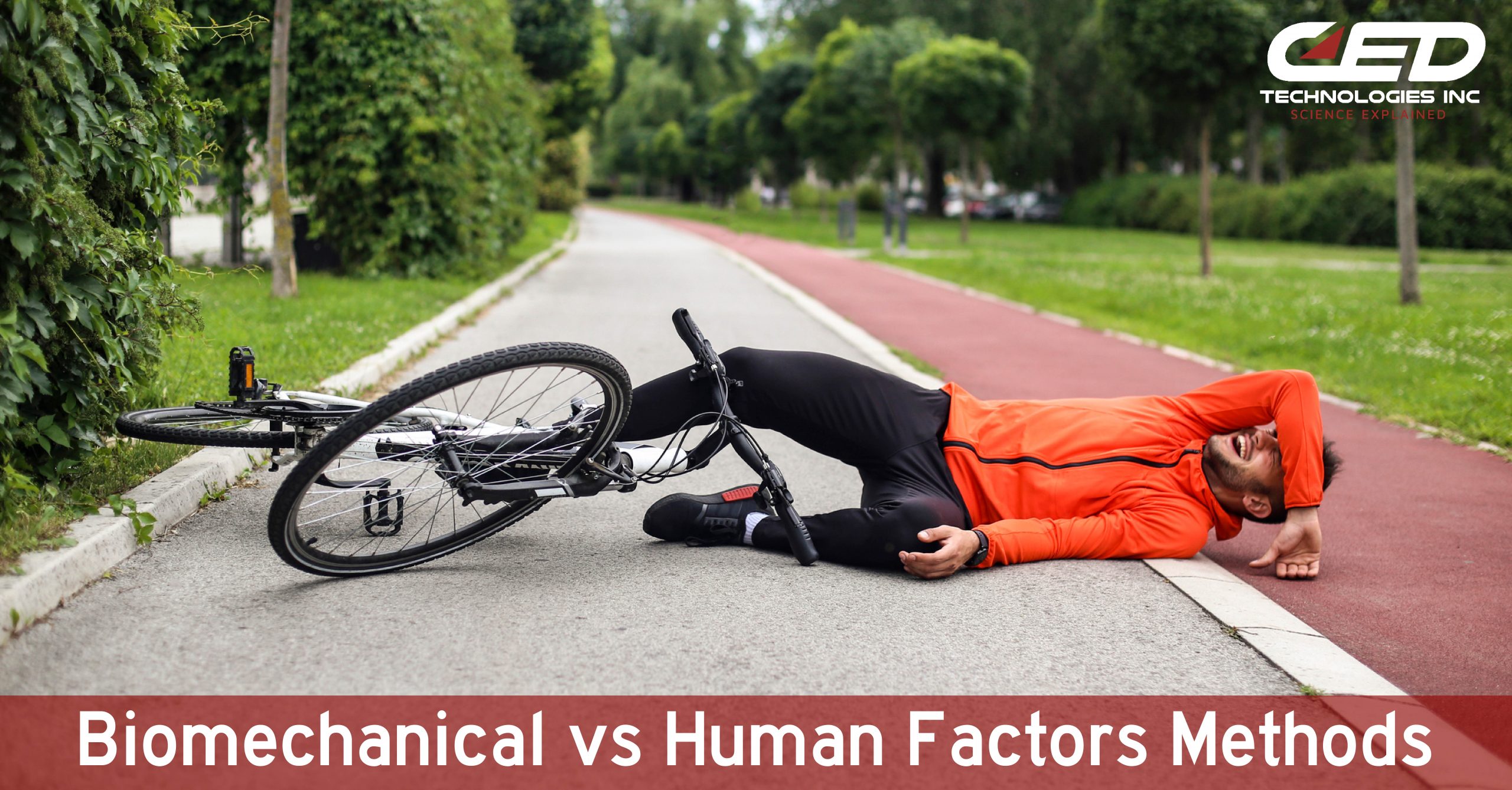In product liability cases, the focus is on whether an identified hazard caused an injury and whether that hazard could have been designed out of the product or guarded against. For expert opinions in this area, engineers or scientists are called upon to review the design, and evaluate the methods of safeguarding against hazards. During trial, experts can take the stand and talk about calculations for motion, force, or electrical current, and scientifically explain whether a product had a defect or not.
If a hazard could not be designed out of a product or safeguarded against the threat of harm, the next option is to protect the user by training or warnings. Many products rely on user manuals and on product warnings to not only inform the user about what hazards exist but also on how to avoid them. Experts with the appropriate education and experience can evaluate warnings based on standards and research that has been performed, and offer opinions regarding whether such warnings were effective.
Even if it can be proven that a product was safe under normal conditions of use, another area of exploration is whether the product was safe under conditions of foreseeable misuse. Understanding these issues often requires an understanding of human factors.
Human factors is the study of the design of products, facilities and situations with consideration of human capabilities and behavior. Studies show that between 70-90 percent of all accidents are blamed on human error. These findings are misleading because the statistic does not reveal whether the accident was caused by a normal or predictable response from the human interacting with the product. In some instances, the real source of error can be found in the design of the product rather than the person using the product.
For example, users should be made aware with proper written warning that if a microwave door is not completely closed/latched when operated, they will be exposed to microwaves. This could be achieved y affixing a label to the oven warning the user to make sure the door is closed before operating. From a mechanical or electrical design perspective, if the door was properly closed, the microwave would be considered safe. But recognizing that a user may occasionally leave the door open, a microwave oven without a door latch is clearly defective.
Human factors can be perceived as a weak argument but also as the most potent by experts who examine normal vs. abnormal human performance and behavior. It is easy enough to offer the opinion that a normal person might occasionally leave the door of the microwave unlatched. But how can an expert define “normal” in a way that will stand up in court? Engineering experts are expected to have opinions based upon mathematics and science, and fortunately, there are scientific methods for quantifying normal behavior. CED engineers start by reviewing all applicable standards that apply to the product and verify conformance. If no standards exist, user studies can be executed to test performance or behavior, and statistics can be employed to help convince a jury what they should consider to be normal performance or behavior.
Human factors can be a powerful argument because juries will be sympathetic to a plaintiff if they can see themselves, or someone close to them, doing something similar. CED has over 30 years of advanced training and experience in the human factors field as well as, many other disciplines. CED can be a powerful asset to your case or claim. To contact CED, Click Here or call 800-780-4221.Click Here To See Our Full List of Experts Click Here To Submit an Inquiry about a possible Claim or Case.







